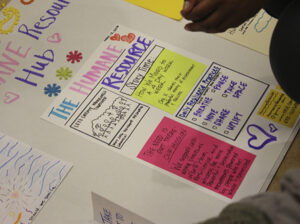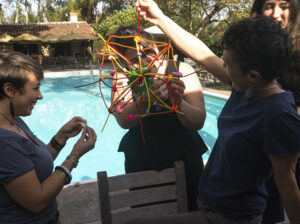Toolkits
Planning and Building a Prototype
Planning and Building a Prototype
Building the first prototype allows you to explore the feasibility of your idea and discover other approaches to building it. Prototyping allows you to begin with simple, low-fidelity models that you can refine before investing more resources. Creating prototypes inspires and engages stakeholders by showing, not telling, your vision and pivoting based on their response.
What This Means for Social Justice Activists & Designers

Social Justice Activists
Social justice folks often have lived experience in the issues they work in, which can prevent them from seeking out other perspectives on the issue. Prototyping allows social justice folks to gain insight from the people who will implement and use their solution. Directly learning their stakeholders’ problems, priorities, and goals ensures social justice folks stay focused on what is useful and meaningful rather than getting attached to a single idea.

Designers
Social designers can often get attached to their idea by following an assumption of their stakeholders’ priorities rather than learning the stakeholders’ actual problems and goals. Building simple prototypes allows designers to test every aspect of a solution and iterate based on what is useful and meaningful to those impacted by the issue and those who will implement the solution.


